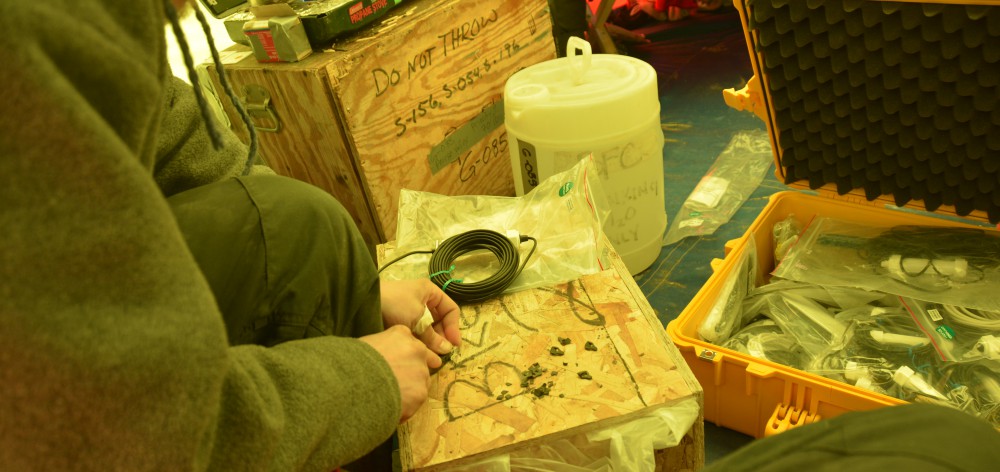While most of Antarctica is indeed a great white mass of ice, open ground is found in the mountainous region south of New Zealand. This is the McMurdo Dry Valleys, a polar desert where only microbes, moss, and lichen grow. That alone makes it an interesting place, one that has attracted all sorts of extremophile biologists. We are not researching the biology of the dry valleys, though, but rather the ice.
Ice is everywhere here, though it’s sometimes hidden below ground. In the bitter aridity of the McMurdo Dry Valleys, ice withers away. It sublimates, turning to water vapor without the chance to melt. So, if ice is left exposed to the elements for long enough, it eventually disappears. But underground, ice is at least partially protected and can survive for much longer. And its shape and composition holds a record of how and when it formed.
This is what we’re interested in. How did the buried ice in the McMurdo Dry Valleys form? How old is it? What does it tell us about climate changes in the area over the past tens or hundreds of thousands of years? The answers will vary, depending on the microclimate of valleys, the behavior of nearby glaciers, and the elevation of the ice.
This blog details the Antarctic field experiences of our group during the 2015 season. We are geoscientists researching buried ice in the McMurdo Dry Valleys— specifically, Taylor, Upper Wright, and Pearse Valleys (see site map).
We are performing GPR surveys, maintaining cameras for time-lapse photography, collecting meteorological data, and sampling ice, sediments, and boulders.
We are:
- Kate Swanger, PI and professor at the University of Massachusetts Lowell
- Jay Dickson, science data analyst at Brown University
- Esther Babcock, geophysicist at GeoTek Alaska Inc
- Rachel Valletta, graduate student at the University of Pennsylvania
- Kelsey Winsor, postdoc at the University of Massachusetts Lowell
That last one is me.
